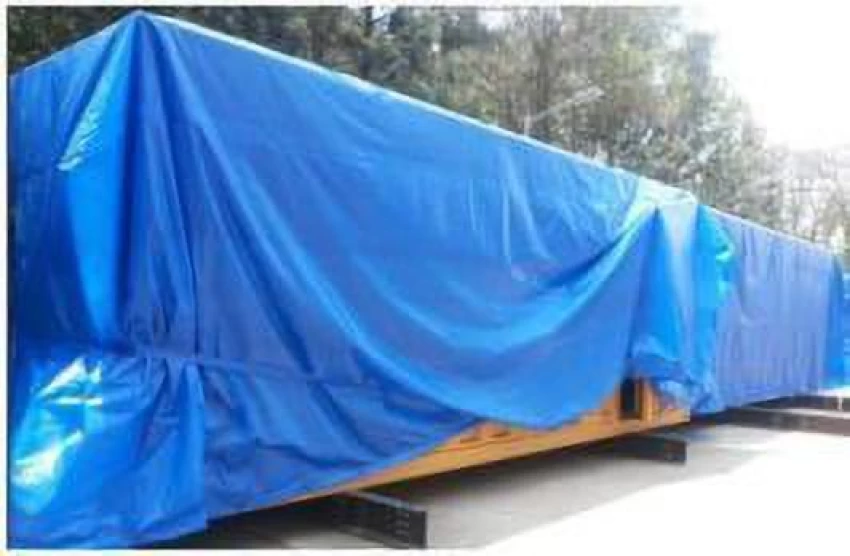When you are a homeowner or property owner, it is very necessary to take preventative actions in order to safeguard your important assets from the negative effects of the natural environment. A tarpaulin cover that is strategically positioned may be a lifeline in the event of a sudden deluge, a powerful gust of wind, or a heavy snowstorm. However, tarpaulin coverings that are not properly fastened or positioned may be a recipe for disaster, leaving your property open to the possibility of damage and perhaps expensive repairs.
In this detailed instruction, we will walk you through the process of fastening your tarpaulin coverings in a step-by-step manner. This will ensure that your roof, patio, or other outdoor area is shielded from the weather. All of the crucial tips and techniques that will assist you in getting in touch with a reliable Tarpaulin suppliers India and you can get a secure and efficient tarpaulin cover installation will be covered in this article. These include selecting the appropriate tarpaulin material and size, as well as fastening it with the appropriate fasteners and tie-downs.
Motives to Cover a Roof with a Tarp
The use of tarps on roofs is recommended for homeowners in the event that a home maintenance project reveals roof damage, if hailstorms or hurricanes cause damage to shingles, or if there is a lengthy delay until roofers can complete a task. Tarping a roof is worth the additional effort for a number of reasons, including the following:
- A hailstorm that has just passed through your region can cause an increase in the demand for roofing repair, and getting in line may mean paying a premium. This will save you time and money. You will be able to employ a roofer at a more affordable fee if you are confident in your ability to safely tarp your roof and wait out the early demand for their services.
- Pests are prevented from entering your home if there are gaps or missing shingles on your roof. Flying insects, rats, and birds are all potential invaders. When you want to keep pests away from your home, you should cover any bare roof edges or holes with a tarp that is sealed.
- Water may enter your house via any crack or whole in your roof, thus it is important to protect your property against water damage. As a barrier that is resistant to water, a tarp offers protection from the effects of storms such as rain, snow, hail, and other sorts of damage.
- Facilitates the prevention of further damage: Over time, a row of shingles that is not properly attached or a metal panel that is pushing away from the roofline may become more severe. Until you are able to acquire the services of a roofing contractor, everything may be held in place with the use of a sturdy tarp.
Measuring the Roof and Calculating the Tarpaulin Size
In order to ensure that the roof is properly secured, one of the most important stages is to measure the roof and determine the size of the tarpaulin that will be used. The roof of your home will be exposed if you choose a tarpaulin that is too small. It is also possible for the integrity of the tarpaulin itself to be compromised by the incorrect size, which may result in early wear and tear.
- Installing the Covering of the Tarpaulin
Installing the tarpaulin cover is a key task that demands accuracy and attention to detail since it is the last stage in the process of fastening the roof. Here is when all of your hard work and preparation will pay off, as you carefully arrange the tarpaulin to ensure that it fits in a way that is both tight and protective.
- Sustaining the Covering of the Tarpaulin
The tarpaulin cover must be secured before the operation can be considered complete. This step is essential because it guarantees that the cover will stay in place even in the most volatile weather conditions.
Bottom Line
Whether you’re a seasoned contractor or a DIY enthusiast, remember that attention to detail is key to a job well done. By following this guide, you’ll be able to rest easy knowing your roof is secure and protected, and your property is safe from the elements.
